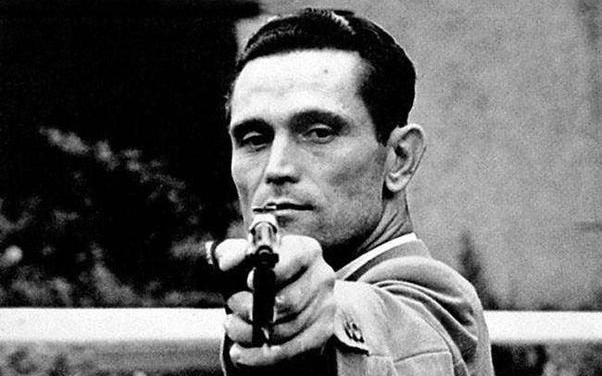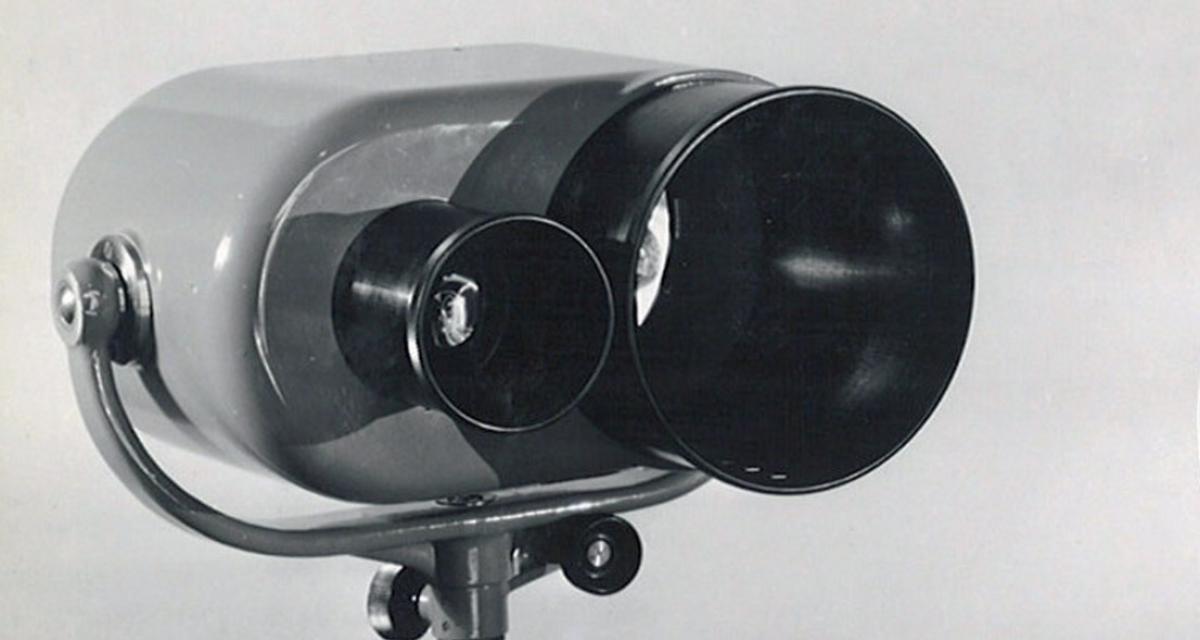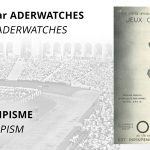The call of fraternity
“The important thing in life is not the triumph, but the struggle. The most important thing is not to have won, but to have fought well”.
Pierre de Coubertin
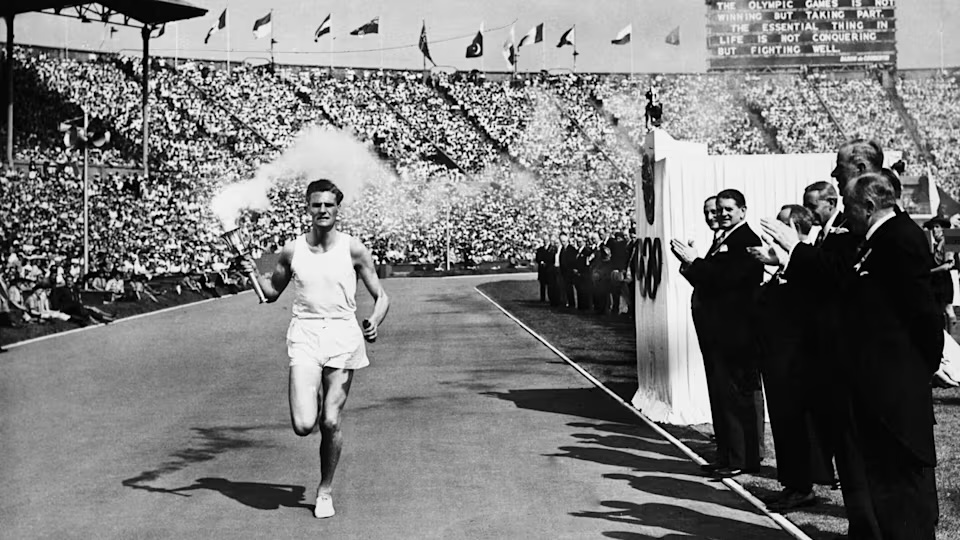

1948, THE LONDON OLYMPICS.
After 12 years without the Olympic Games, London hosted them against a difficult backdrop.
Because of the Second World War, the 1940 and 1944 Games did not take place. Their return in 1948 was unfortunately politicised, like the “Games of Shame” of 1936, as evidenced by the absence of Germany which, officially, did not have an Olympic Committee. Another major problem was the city of London, which had been ravaged by German bombing! Every means was deployed to ensure that the Olympic Games were exceptional, notably with television broadcasting for the first time. Fanny Blanjers-Koen, nicknamed “the Flying Dutchwoman”, won 4 gold medals in the 100m, 200m, 80m hurdles and 4 x 100m! Seeing a woman in her thirties and a mother achieve such victories at the time was a real shock, challenging the stereotypes of the period and helping to change attitudes. Another legend of the Games was Hungarian Olympic marksman Karoly Takacs, who set a world record in the shooting event, a splendid feat for a sportsman who had lost his right hand while training to throw grenades. After long training sessions to recover his talent with his other hand, the Hungarian sportsman won the gold medal in the rapid-fire event. It was a reward that demonstrated his talent in the discipline and enabled him to overcome his disability (a feat made all the more noble by the fact that the Paralympic Games were not inaugurated until 1960).
As far as Olympic timekeeping was concerned, Omega innovated with the Magic Eye, a finish camera
which was triggered by a light-sensitive cell, making it possible to see exactly where the athletes were when the winner crossed the finish line.
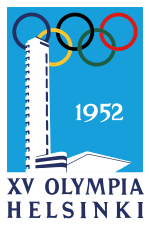
1952, THE HELSINKI OLYMPICS.
This season marked the return of the Federal Republic of Germany to Olympic competition, a powerful symbol of the desire to unite nations through sport. This was an important concept for Baron Coubertin, who wanted the Olympic Games to be about surpassing oneself and, above all, uniting nations through a sporting event, an important symbol in the midst of the Cold War, the Olympic Games being a truly humanist event. However, there was a shadow over the horizon: Mao Zedong’s Communist China wanted to compete, as did Nationalist Taiwan.
An agreement was reached, allowing the two Chinas to send their athletes.
1956, THE MELBOURNE OLYMPIC GAMES.
For the 16th edition of the Olympic Games in Melbourne in 1956, Omega is offering a special version of its Seamaster to commemorate this season with the reference SC 2850 XVI. This timepiece is rooted in the philosophy of the first Seamasters, an elegant, water-resistant watch with a reasonable diameter. This special edition features a gold case, a dial with a logo recalling the 16th edition of the Olympic Games and the Olympic medal on the caseback. A model that is always desirable to sports and watchmaking enthusiasts.
Omega created a set of devices that worked in osmosis. For the runners, the starting gates were linked to starting lights and a sound system to ensure that the starting signal was felt by all the athletes. There is also the Swim EightO-Matic, a semi-automatic timing device for measuring swimming events.


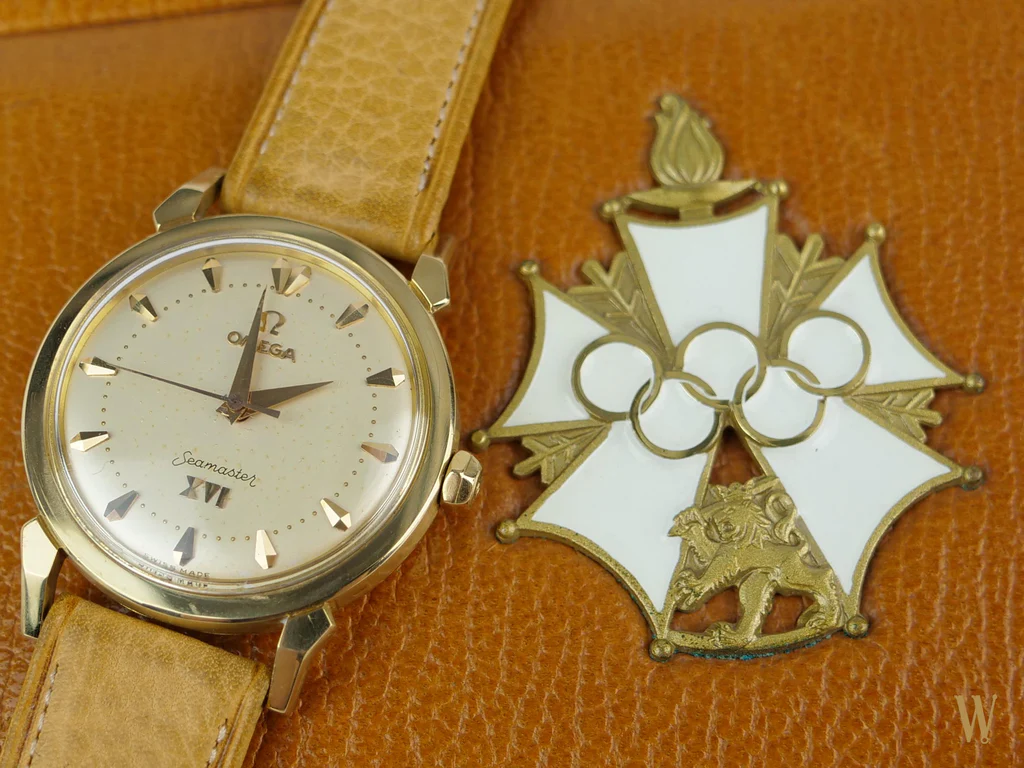
1956, THE CORTINA D’AMPEZZO OLYMPICS.
At the Winter Olympics in Cortina d’Ampezzo, slalom racer Tony Sailer set a new world record with a 3.5-second advantage, and despite the doubts surrounding this record, Omega is adamant that the results are accurate. What’s more, it’s amusing to note that this technological development is also reflected on the scales, with more than 2 tonnes of equipment for this Olympic season!
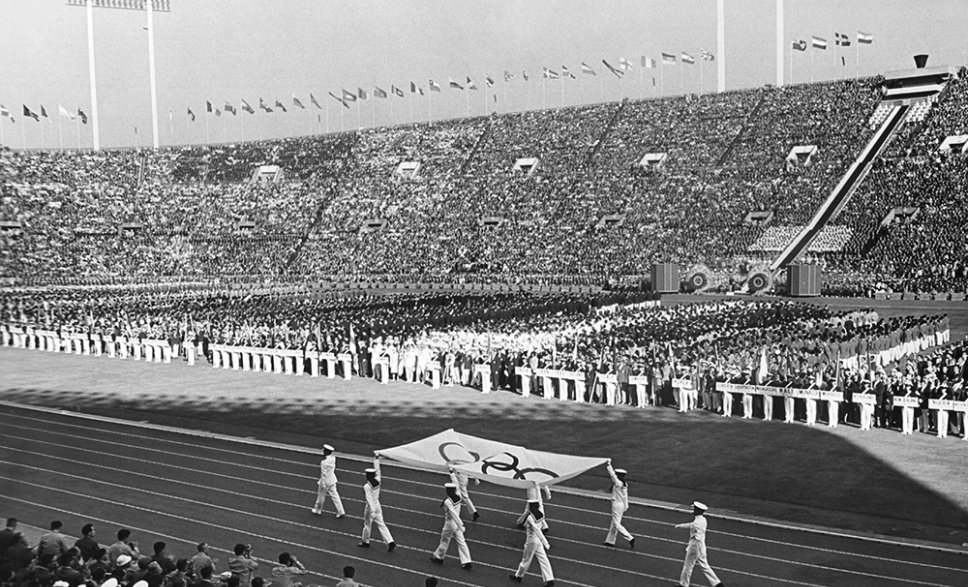
1964, THE TOKYO OLYMPICS.
For this edition, it was the turn of the famous Seiko brand to take on this role. Known on the Asian scene, it did not yet have the fame it enjoys today; this event helped to offrir visibility to Seiko by demonstrating its technique and know-how before invading the world market during the 1980s.

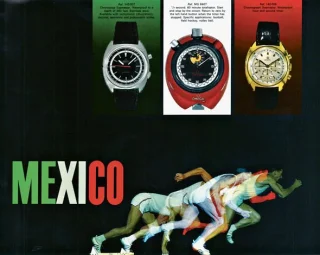

1968, THE OLYMPICS IN MEXICO CITY.
The Olympic Games were held in Mexico City, the first to be held in Latin America. The city was located at an altitude of 2,300 metres, which made it very difficult for some events, such as swimming and long-distance races, to run smoothly due to the atmospheric pressure. For this Olympic season, Omega achieved a first, supervising all the events with electronic timekeeping. This choice was the result of a desire to avoid a scandal, as at the 1960 Olympic Games in Rome, when two swimmers (Lance Larson and John Devitt) had a time difference measured at 0.01 seconds. To avoid a repeat of this scandal, the International Swimming Federation asked Omega for a fully automatic device, and the brand produced a system with pressure plates connected to the stopwatches that would be activated by the swimmers. This edition also featured a record, the jump of the century achieved by African-American athlete Bob Beamon, who set a world record in the long jump event by reaching 8.90m, beating James Owens’ record of 8.13m, which he had set at the 1936 Games of Shame. What’s more, these Games were full of political issues, with the United States facing an explosion of racial problems following the assassination of Reverend Martin Luther King. Some American athletes took advantage of the visibility offerted by the Games to send out a strong political message: Tommie Smith and John Carlos raised their fists during the singing of the national anthem to protest against racial tensions and segregation. This powerful message did not get through and the sportsmen were expelled.






